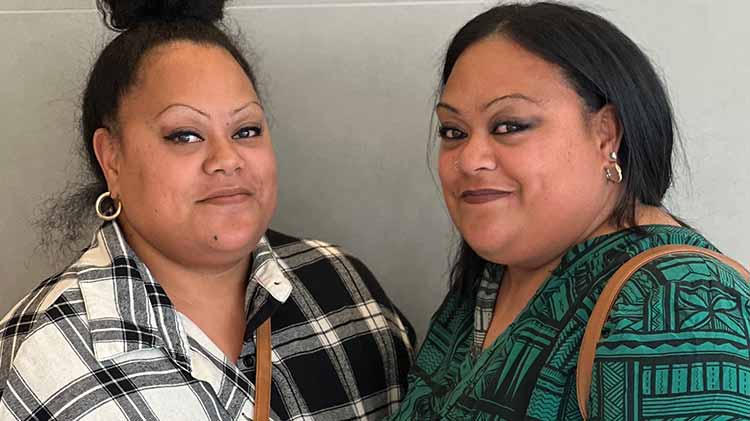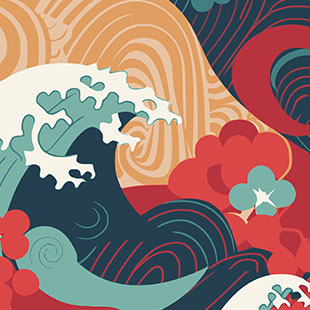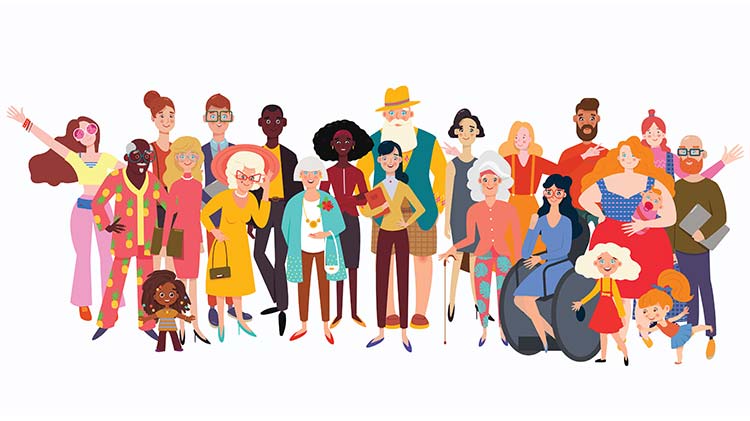Coastline College is dedicated to welcoming and supporting Asian American Pacific Islander students as they navigate their way through college.
AAPI Resources
Welcome to the Asian American Native Hawaiian Pacific Islander Student Achievement Program!
"Life is the input of everyone who touched your life and every experience that entered it. We are all part of one another." -Yuri Kochiyama
AANHPI SAP
Asian American Native Hawaiian Pacific Islander (AANHPI) Student Achievement Program (SAP) is dedicated to helping students from underserved communities gain access to services that enhance their educational experience and promote higher education success for low-income, marginalized, first generation Asian American Native Hawaiian Pacific Islander students.
Asian American Native Hawaiian and Pacific Islander Leaders
Discover inspiring stores, impactful contributions, and leadership journeys of AANHPI leaders who continue to empower future generations.
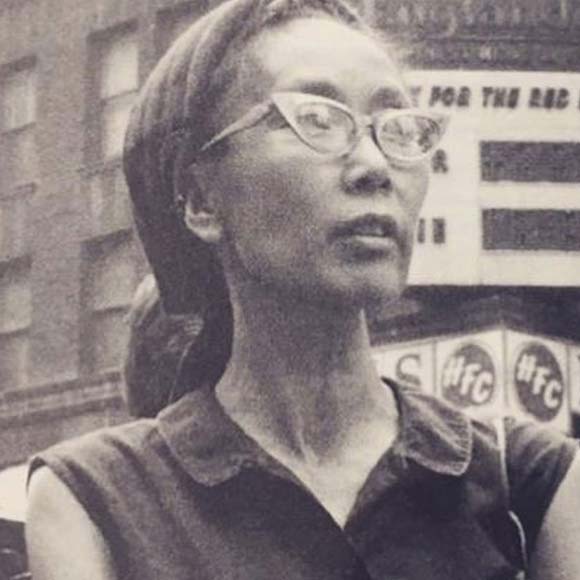
Yuri Kochiyama
Japanese American, civil rights and political activist.
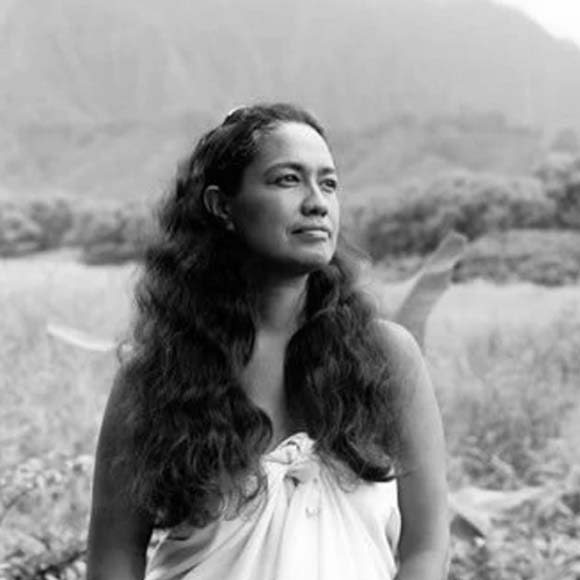
Haunani Kay-Trask
Native Hawaiian, activist, a leader of the Hawaiian sovereignty movement.
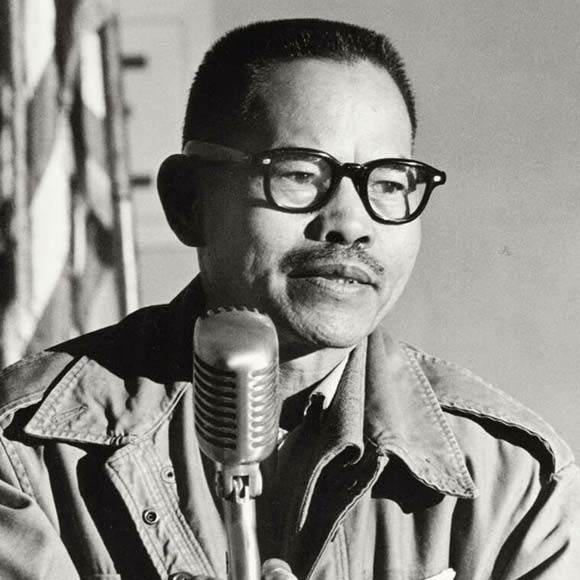
Larry Itliong
Filipino American, union organizer, a founder of the United Farm Workers
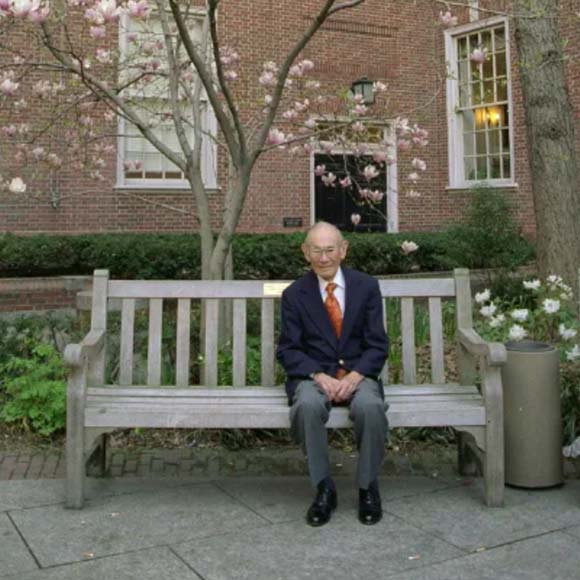
Fred Korematsu
Japanese American, civil rights activist.
The Ngatu
In May 2024 we are highlighting a cultural piece called ngatu from the Island of Tonga at the Student Services Center. Watch how the ngatu is made.
The Ngatu has been kindly loaned to Coastline by Louise "Isa" Fonua. (Photo: Isa on the left with her sister, Ilaisaane)
"Malo e lelei! My name is Isa Fonua and I'm currently serving as the Independent Contractor for the Asian American Native Hawaiian and Pacific Islander Student Achievement Program. Having been a former community college student myself, I understand the significance of navigating college life as a first-generation student. Completing my master's degree as the first in my family was a challenging yet rewarding journey, made possible by the unwavering support of my family and community. The 'ngatu' holds special significance for me, presented by my aunt as a token of respect and gratitude for reaching such a significant milestone in my academic journey. It symbolizes not only individual achievement but also the collective effort of the community in creating something beautiful and the ongoing support needed to uphold it." -Isa Fonua
Experience The World of Kimono
Coastline students and staff enjoyed the elegance and beauty of traditional Japanese kimono attire with a captivating lecture and dressing demonstration by Akane Mashimo of WakaWakka Kimono and Photo Studio.
Experience The World of Kimono
Coastline students and staff enjoyed the elegance and beauty of traditional Japanese kimono attire with a captivating lecture and dressing demonstration by Akane Mashimo of WakaWakka Kimono and Photo Studio.
Experience The World of Kimono
Kimonos have been worn for over 1000 years and are the national dress of Japan. It comes with a rich history and tradition and they are seen as a piece of artwork. Kimonos used to be worn as everyday clothing, however now are mainly for special events, such as graduations, funerals, and weddings. The kimono is a wrapped-front garment with square sleeves and a rectangular body, and is worn left side wrapped over right, unless the wearer is deceased. Kimonos are generally made of silk and they are tied with a wide belt called an obi.
Experience The World of Kimono
Kimonos have been worn for over 1000 years and are the national dress of Japan. It comes with a rich history and tradition and they are seen as a piece of artwork. Kimonos used to be worn as everyday clothing, however now are mainly for special events, such as graduations, funerals, and weddings. The kimono is a wrapped-front garment with square sleeves and a rectangular body, and is worn left side wrapped over right, unless the wearer is deceased. Kimonos are generally made of silk and they are tied with a wide belt called an obi.
AAPI Events
AAPI Heritage Month
May is Asian American Pacific Islander Heritage Month - check out what events are happening and please join us to celebrate!
View: AAPI Heritage Month Events
Download: AAPI Heritage Month Zoom Backgrounds
Student Events All Year
View Upcoming Coastline Events: View the Student Calendar
History of AANHPI Heritage Month
May is Asian American and Pacific Islander (AAPI) Heritage Month! During this month we celebrate the rich diversity, history, and contributions of AAPI communities to our society. Let's honor and amplify their voices, stories, and cultural heritage together.
Connect with Us






